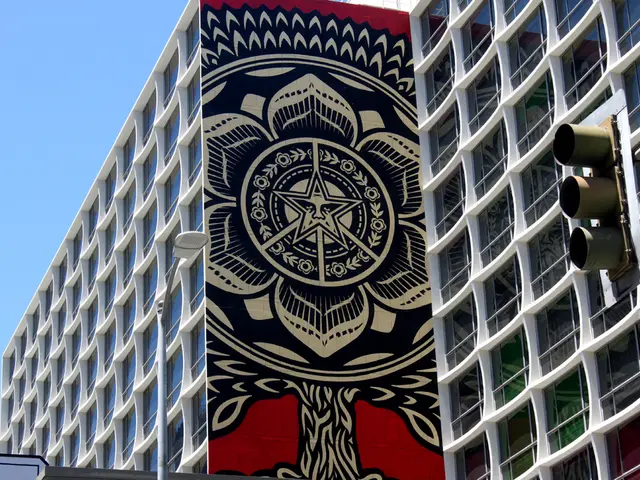Rising Energy Costs: Another Increase in Your Utility Bills
New York residents are grappling with skyrocketing energy bills, a situation exacerbated by various factors, including reduced federal support for renewable energy projects, regulatory challenges, and the economic strain on the energy infrastructure.
According to recent reports, electric bills in New York are currently the highest they've been in over a decade, even after accounting for inflation. This trend is primarily due to reduced federal support and tax incentives for renewable energy projects, especially wind and solar, which hampers their expansion. Additionally, regulatory challenges, increased CO2 pricing, expensive transitions to hydrogen or carbon capture for natural gas plants, and the economic strain on the energy infrastructure contribute to higher prices for consumers.
Utility companies in New York are requesting significant rate hikes, with several requesting increases of 25% or more to their delivery rates. For instance, the latest proposals from upstate utilities NYSEG and RG&E would increase electric bills by $33 a month and gas bills by the same amount.
Wait times for the central component of gas plants - turbines - are as long as seven years, further compounding the issue. Moreover, much of New York's utility infrastructure is old and in need of upgrading, with costs for these upgrades having spiked due to inflation, higher interest rates, supply chain disruptions, and tariffs.
Roughly a quarter of New York's fossil fuel plants are reaching retirement age in the next few years, adding to the pressure on the energy supply. In contrast, the US's gas export capacity is expected to more than double by 2028, which could potentially alleviate some of the supply issues.
However, the situation is complicated by political factors. Trump's policies have been jeopardizing renewable energy projects in New York, potentially costing the state $60 billion in renewable energy investment. Trump has also been pressuring Governor Kathy Hochul to revive two controversial pipeline projects that the state previously rejected. Backers of these pipelines argue that they will save consumers money by increasing energy supply to the region.
The PSC has endorsed the pipeline in an order approving National Grid's long-term gas plan for New York. However, the pipeline still needs environmental permits from New York, New Jersey, and Pennsylvania.
Despite these challenges, New York's clean energy efforts account for a minor factor in the average household's electric bill, estimated to be between 5 to 9.5% in 2024, or $10 to $12 per month.
The situation is further exacerbated by the economic impact of the pandemic, with more than a million households in New York being at least two months behind on energy payments, owing utilities close to $2 billion. Both the federal and state governments are considering deep cuts to assistance programs meant to help control energy bills.
Record numbers of households had their electricity or gas shut off this spring, including over 61,000 in May. As of September, 75% of electric customers and almost half of gas customers had rate hikes pending or recently approved.
In conclusion, New York is facing a multifaceted energy crisis, with soaring costs, aging infrastructure, political pressures, and the ongoing pandemic all contributing to the challenges. Addressing these issues will require a comprehensive and coordinated approach from policymakers, utility companies, and the public.
Read also:
- Aquatech purchases Koch's Direct Lithium Extraction business, merging Li-ProTM DLE technology into the PEARLTM Technology Platform.
- Li Auto faces scrutiny after crash test involving i8 model and a truck manufacturer sparks controversy
- Construction and renovation projects in Cham county granted €24.8 million focus on energy efficiency
- NFL games' pricing on certain occasions is lower on Kalshi compared to DraftKings, as stated by Bear Cave.







